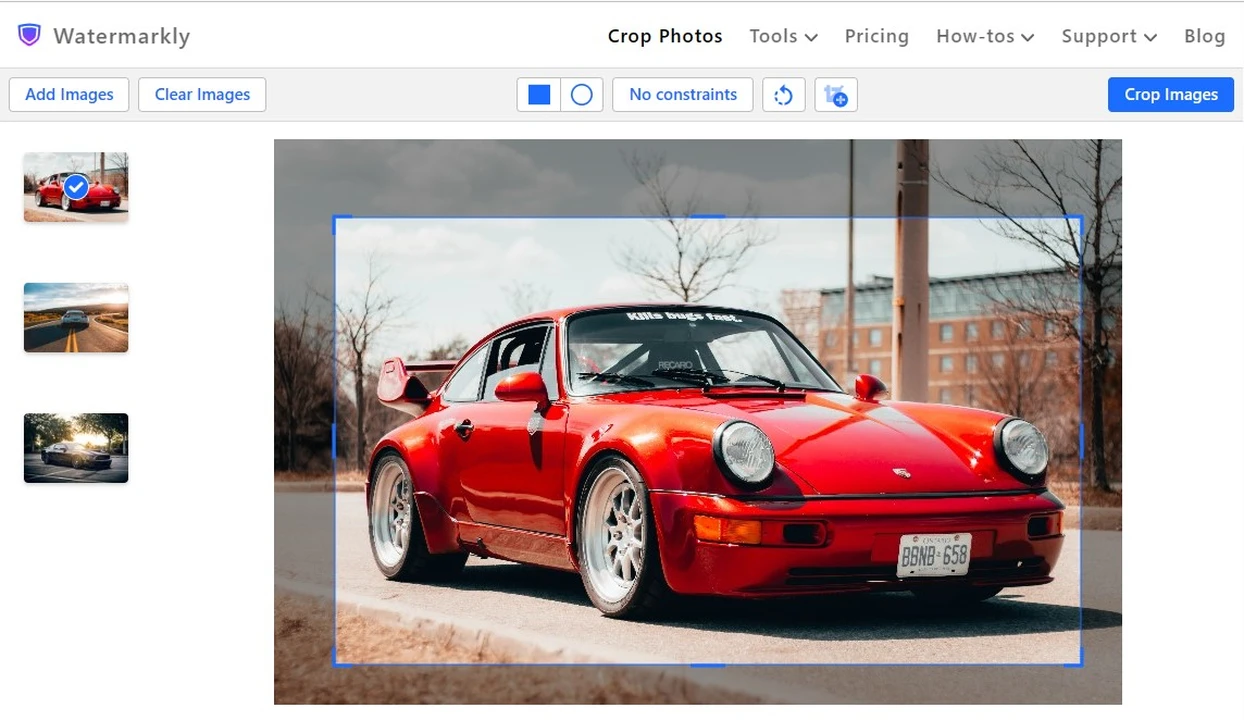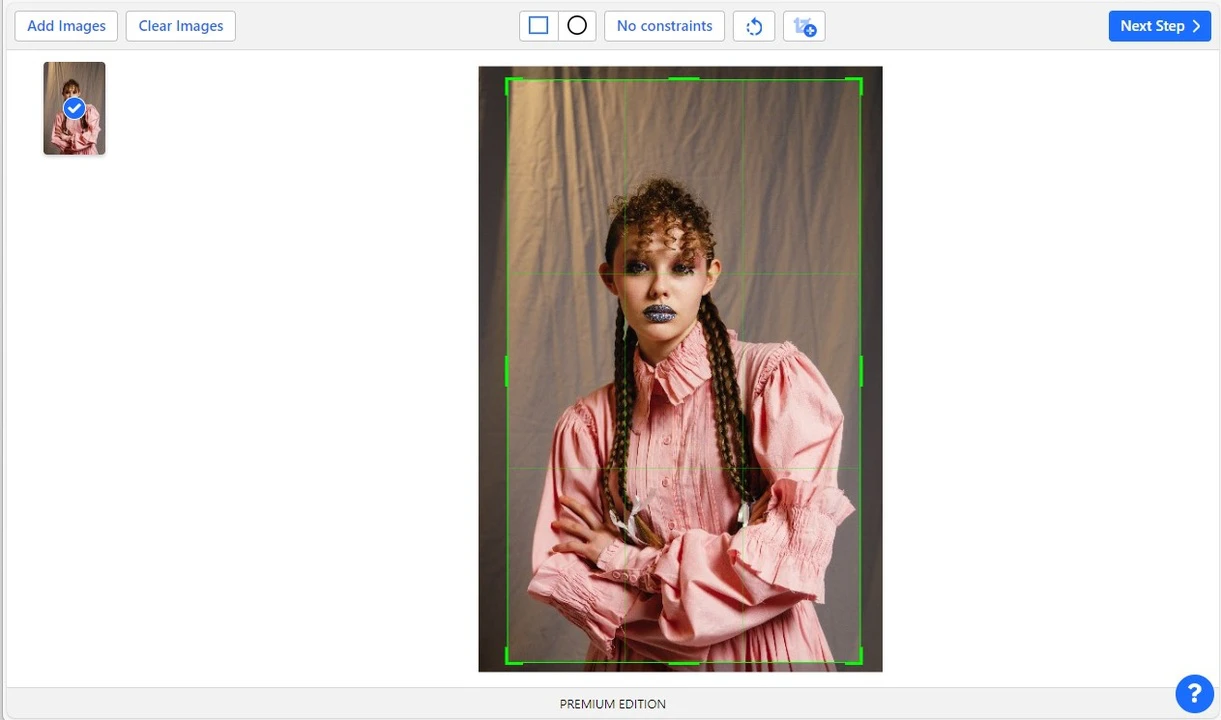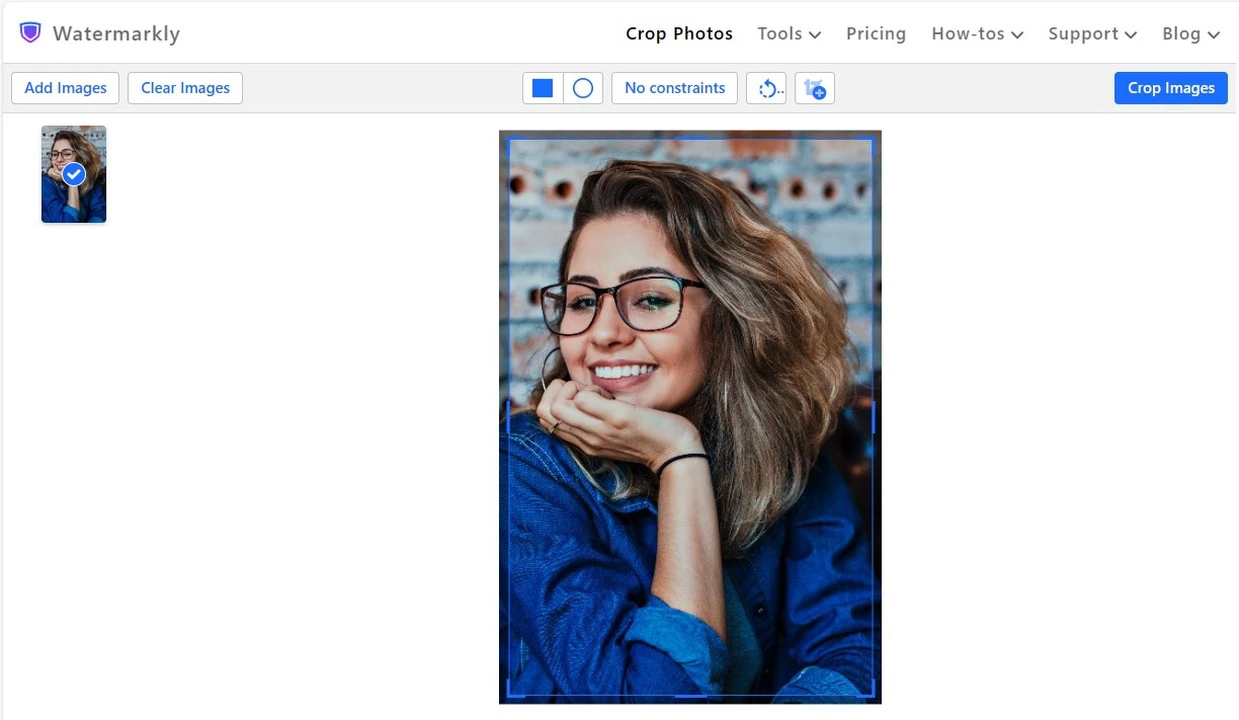How to Crop Images Properly
by  Lina Thorne • Updated · Posted in Crop Photo
Lina Thorne • Updated · Posted in Crop Photo
Cropping a picture can fix compositional mistakes and make your image much more visually pleasing and impactful. It’s a tool that everyone who deals with visual content needs to master. And it’s not that difficult to do.

Here are some things that you need to keep in mind if you want to crop a picture properly:
- Remove unnecessary elements. If there are any redundant or obtrusive elements that distract from the main subject and don’t add anything special to your image, get rid of them with the help of an online image cropping tool.
- Focus on the main subject. Any image should have a main subject. Make sure that all the attention is focused on it. If possible, you can crop in closer to your subject to make sure that nothing is distracting from it.
- Don’t forget about the aspect ratio. If you want to remove just tiny bits of your image, make surethat its original aspect ratio is locked. But you can also change it or even experiment with different aspect ratios, if necessary.
- Keep an eye on the composition. If your original image has a decent composition, make sure that you’re not messing it up while cropping.
- Straighten the image. If the horizon or any other object in your frame looks weird, because it’s tilted,it’s better to straighten it by tilting the image itself.
- Remember to leave some space around the main subject. If your goal is to evoke an unsettling feeling, then by all means, crop as close to your subject as possible. Because if there’s very little empty space, it might create a sense of your subject being jammed into a cage. This is also true if your subject is looking in a direction and there’s little space between it and the edge of the frame; it feels imbalanced and awkward. If you made this mistake, try to fix it with cropping.
- Remember to experiment. Image editing can be a creative process, too. Even slight adjustments and alterations can have a dramatic effect on an image. So, try cropping a single image in differentways and see which option you like the best.
When exporting, don’t forget to select the correct file format. For instance, JPEG is great for the web, while TIFF is perfect for printing.
Crop a Picture Using the Rule of Thirds
If you’re cropping a picture for the first time, there are a couple of things that you need to take into account. Naturally, no one is stopping you from cropping images however you want. That said, it’s better to learn the rules before breaking them. Cropping an image is something you need to put some thought into; if you want to achieve a specific result, that is.
With the help of cropping, you can make the composition more balanced…or, on the contrary, throw it out of balance; if that’s your goal. The one rule that you surely need to learn is the Rule of Thirds.
This rule is insanely popular for a reason. The rule of thirds is one of the fundamental compositional rules in art, photography, cinematography, animation – pretty much all types of visual art, really. This rule is powerful, yet quite simple. It can help you achieve a well-balanced composition and draw the attention to all the right elements in the frame.

To apply it, you need to divide the image into nine equal parts, forming a 3x3 grid. When framing a shot, you need to put key elements of a photo along these gridlines or at their intersections.
When cropping, if you want to achieve great results, we recommend taking into account the following:
- Use the center composition. It means that you need to place your main subject into the center of the frame. This will make your image look more harmonious and symmetrical.
- Place the subject at the intersections. When you crop JPG or crop PNG image, you should position your subject at the intersections of the 3x3 grid to achieve a balanced composition. The human eye is naturally drawn to these intersections – even when you don’t actually see them. You can also play around with the amount of negative space to put an even bigger emphasis on the subject.
- Make use of the gridlines. The beauty of the Rule of Thirds is that you don’t need to limit yourself only to using intersections. You can try placing your subject along either horizontal or vertical gridlines. They will help you achieve a balanced composition, too.
- If you do landscape photography, it’s better to stick to the following composition. The sky should be at the top third of the image, while the horizon is in the center or on either of the horizontal gridlines. This will look harmonious and visually pleasing. But, naturally, you can experiment with this a little. You can make the land take up the majority of the image or, vice versa, the sky.
The rule of thirds is so popular that you can enable its gridlines in the majority of digital cameras and camera apps on a smartphone. It can be found in a lot of image editors, too; including Watermarkly.
This is due to the fact that by following the rule of thirds, you’ll get a well-balanced composition where the viewers’ attention is guided right to the key elements.
However, it’s worth mentioning that like any other compositional rule, The Rule of Thirds is merely a guideline, not a set-in-stone law that you need to abide by. You don’t have to follow it every single time. In fact, sometimes, by breaking it, you can create a masterpiece. Following the rules is good, but what’s more important is trying things out. So, get creative and experiment!
How to Crop Portraits Properly
When it comes to cropping portraits, there are some special rules of cropping that you need to keep in mind.

Here are some recommendations for you:
- Make sure that important elements are positioned at the intersections of gridlines dividing the frame into three parts, vertically and horizontally. If you have a full-body portrait, it’s better to place the head of your model somewhere around the top third of the photo.
- Preferably, place the eyes in the upper third of the frame or at either of the two top intersections.
- In reportage photography, it’s okay to crop an JPG image at people’s elbows, wrists, ankles or knees. But you should avoid this in portrait photography at all costs. Otherwise, it will look like parts of your model’s limbs were cut off. That’s not very good, is it? If you need to crop a JPG portrait, it is recommended to do it slightly above or below the joints, avoiding cropping the face at the chin.
- Always make sure that there’s enough space around your subject or, at least, between the subject’s face and the edge of the frame. Otherwise, it will look as if the subject is jammed into the frame. This might make viewers feel uncomfortable and claustrophobic.
- Your subject needs to occupy the majority of the frame. If you have too much empty space, it will create a sense of loneliness and oppression.
Conclusion
If you are a beginner photographer, it’s worth learning a couple of things about how to crop images before you jump into some online image cropper and get to work. Cropping is a powerful tool – it can improve your image or completely destroy it. It’s better to learn how to do it properly, so you won’t waste your time.